We already know that silicon materials are easily oxidized. The oxidation reaction can be carried out in air or in a heated chemical cleaning bath in the presence of oxygen. The oxide usually generated in the cleaning bath, although very thin, is thick enough to prevent normal reactions on the wafer surface during other processes. The oxide of this layer can become an insulator, thereby blocking the good electrical contact between the wafer surface and the metal layer.
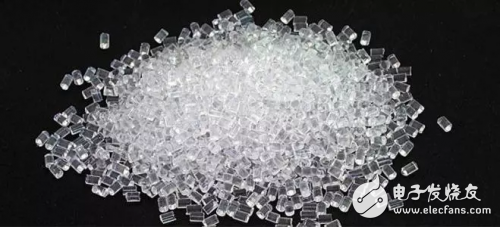
Removal of these thin oxide layers is a requirement of many processes. The surface of silicon with a layer of oxide is hygroscopic. The surface without oxides is water repellent. Hydrofluoric acid is the acid of choice for removing oxides. Before the initial oxidation, when there is only silicon on the surface of the chip, it is cleaned in a bath containing the strongest acid, hydrofluoric acid. Hydrofluoric acid removes the oxide, but does not etch the silicon.
In the subsequent process, when the surface of the wafer is covered with the previously generated oxide, a mixed solution of water and hydrofluoric acid can remove the thin oxide layer in the hole pattern.
How to deal with chemical substances on the surface of silicon wafers has always been a challenge faced by the cleaning process. Generally, a diluted hydrofluoric acid solution is used for the cleaning before gate oxidation, and it is used as the last chemical cleaning step, which is called HF end. The surface at the end of HF is water-repellent and at the same time passivating to low levels of metal contamination. However, water-repellent surfaces are not easily dried, and watermarks often remain. Another problem is that the adhesion of particles is enhanced, but also the electroplated layer can be separated from the surface.
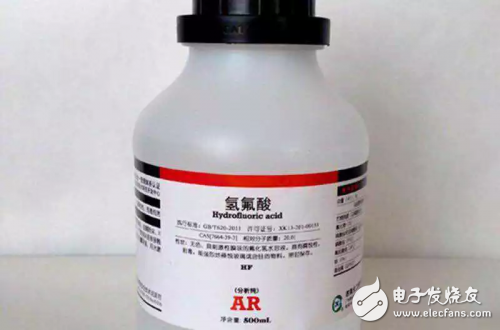
Over the years, the RCA formula has proven to be enduring, and it is still the basic cleaning process for most furnace cleaning. With the demands of industrial cleaning, the purity of chemicals is constantly being improved. According to different applications, the order of SC-1 and SC-2 can also be reversed.
Based on the original cleaning formula, there have been many improvements and changes. The removal of metal ions on the wafer surface has been a problem.
Room temperature and oxidizing chemicals
The ideal cleaning process is to use chemicals that are completely safe, easy and economical to handle, and to be carried out at room temperature. This kind of process does not exist. However, research on chemical reactions at room temperature is ongoing. One is to inject ozone and the other two concentrations of hydrofluoric acid solution into a cleaning tank filled with ultra-pure water at room temperature. Megahertz ultrasound is used as an aid to improve the effectiveness of cleaning.
Spray cleaning: The standard cleaning technology is immersed in a wet cleaning table or a chemical bath of a fully automatic machine. When the wet cleaning fluid is applied to the technology era of 0.35~0.50um, there are corresponding concerns. There are more and more chemicals, and immersion in the pool will cause contaminants to be deposited here, and the surface of the chip is getting smaller and deeper, and the deeper and deeper graphics hinder the effectiveness of cleaning. Diverse cleaning methods began to combine. Spray cleaning has several advantages. Chemicals are sprayed directly onto the wafer surface without the need to maintain a large amount of reserves in the pool, resulting in lower chemical costs.
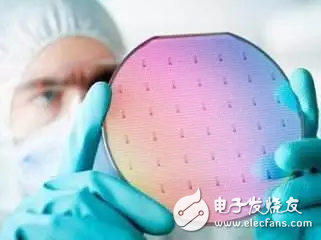
The smaller amount of chemicals also reduces the cost of handling and removal of chemical waste. The cleaning effect has also been improved. The spray pressure helps to clean the very small patterns with deep holes on the wafer surface. Moreover, the probability of re-contamination will be very small. The spraying method is because the wafers are exposed to fresh chemicals every time, so it is allowed to be rinsed with clean water immediately after cleaning, without having to move to another clean water rinsing table.
Dry cleaning: The method of wet immersion has aroused people's interest, as well as the development of steam or gas phase cleaning. The ultimate dream of this process is complete dry cleaning and dry etching. At present, dry etching has been well established.
Low-temperature cleaning: high-pressure carbon dioxide or snow cleaning is an emerging technology.
Water rinse
Each step of wet cleaning is followed by a deionized water rinse. Clean water rinsing has the dual effect of removing chemical cleaning fluid from the surface and terminating the oxide etching reaction. Flushing can be achieved in several different ways. In the future, the concentration of intersections will improve the flushing effect and reduce the amount of water. The international semiconductor technology roadmap requires that the water consumption per square inch of silicon wafer be reduced from the previous 30 gallons to 2 gallons.
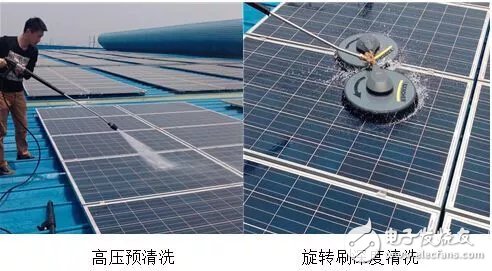
There are several classic cleaning tools:
Overflow or cascade cleaner;
Quick release type;
Ultrasonic or mega-frequency ultrasonic assisted type;
Spray type
Rotating-rinsing spin dryer;
Drying technology
There are several classic drying techniques:
Rotary leaching and drying machine;
Isopropanol evaporation method;
Surface tension drying method;
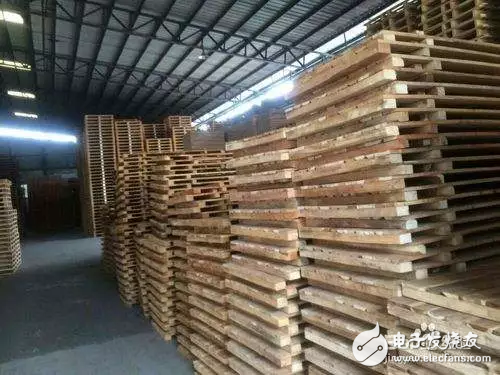
Regarding the removal method of the oxide layer, we will stop here. At this point, we have finished the introduction of pollution control. I believe that everyone has a deep understanding of pollution control methods in the semiconductor industry process.
ZGAR AZ Vape Pods 5.0
ZGAR electronic cigarette uses high-tech R&D, food grade disposable pod device and high-quality raw material. All package designs are Original IP. Our designer team is from Hong Kong. We have very high requirements for product quality, flavors taste and packaging design. The E-liquid is imported, materials are food grade, and assembly plant is medical-grade dust-free workshops.
From production to packaging, the whole system of tracking, efficient and orderly process, achieving daily efficient output. WEIKA pays attention to the details of each process control. The first class dust-free production workshop has passed the GMP food and drug production standard certification, ensuring quality and safety. We choose the products with a traceability system, which can not only effectively track and trace all kinds of data, but also ensure good product quality.
We offer best price, high quality Pods, Pods Touch Screen, Empty Pod System, Pod Vape, Disposable Pod device, E-cigar, Vape Pods to all over the world.
Much Better Vaping Experience!


ZGAR AZ Vape 5.0 Pods,ZGAR AZ Vape Pods 5.0,ZGAR AZ Vape Pods 5.0 Pod System Vape,ZGAR AZ Vape Pods 5.0 Disposable Pod Vape Systems
Zgar International (M) SDN BHD , https://www.zgarpods.com